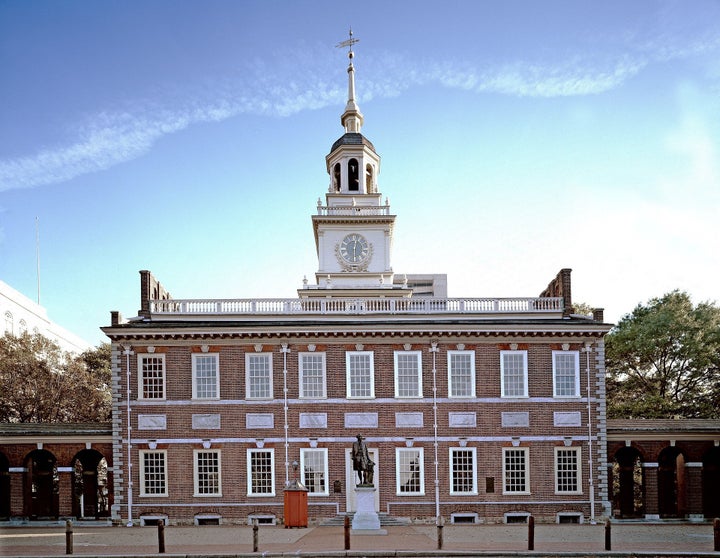
Internet controversy erupted Monday when Philly.com published a story online about a local family who enrolled their two sons in a public elementary school. The story was notable not for what was written, but rather for what festers in the article as subtext. Kristen Graham, the author, discussed the family’s experience in code.
About one son’s relationships: “He made nice friends.”
About their nonexistent concerns with the school: “They have never worried about Henry’s safety.”
About the deeper meaning of their choices: “And now, with the Scotts and a host of other neighbors invested in the school, in public schools, the school is thriving.”
Why wouldn’t a fifth grader make nice friends, why should the family be concerned about safety in an elementary school, and why does the arrival of families like the Scotts signify imminent “thriving?” The subtext of Graham’s piece, in case you haven’t guessed, was race. The Scott family is White, a fact that Graham never mentions in the actual text, although a picture of the family accompanies the article. Their Whiteness is a trait they share with just 1.5% of the families at their chosen school, while most of the other families (86%) are Black. Graham never mentions that either, nor does she mention race once – at all – despite the fact that, without the context of race, the headline – “Public school pays off for Philly family” – would never pass muster as news.
“Graham feeds that outdated notion that the safest way to address race is to ignore its existence.”
The fact that the article did merit newsworthiness, however, brought swift criticism, especially on twitter. Nikole Hannah-Jones, a journalist at The New York Times who covers education, pointed out that Graham ignored not only the contributions of the Black families who preceded the Scotts at the school, but also the fact that the school did not need the presence of a few White children to make it an acceptable learning environment. Graham responded to the wave of criticism with a half-apology, in which she implored readers to judge her not by the content of the single piece, but rather by the breadth of her historical reporting. The explanation ended with both an invitation to participate in an online chat about race, and an acknowledgment that, “If I got something wrong, mea culpa.”
My reaction to Graham’s piece was complicated, and the conditional apology does not inspire confidence. My first reaction was to make an easy joke at the article’s expense, but I have to admit that I danced around issues of race for huge swaths of my own life, while behaving in White savior-y ways, in the pursuit of seeming like “one of the not-so-racist White guys.” I watched the twitter dragging like a greedy voyeur, but I recognized my own bad habits in the article’s erasure of race. I – like many children of my generation – was raised to be “colorblind.” I’ve said countless times on my blog that colorblindness is a pernicious lie that prevents real discussions of race. The effect of raising an entire generation of White children to be colorblind is that most of us don’t talk about race because we don’t know how, as a recent study of social media users demonstrates that our ignorance of the topic prevents us from saying anything about it.
In whitewashing any mention of race out of an article about nothing but race, Graham feeds that outdated notion that the safest way to address race is to ignore its existence. As someone who speaks publicly about race, even at the risk of making tons of mistakes, my advice to other White people, especially journalists, is simple: get over yourselves as quickly as possible. Removing race from a story like this obfuscates the issues more than it clarifies them. If it’s newsworthy that a White family chose to attend a Black school, readers should understand the conscious and unconscious biases that prevent White families from making those decisions more often. Readers also deserve to know that, while middle-class White people view gentrification as an unmitigated boon to their interests, communities of color tend to believe that gentrification will have a negative effect on theirs; both groups may be right in their assessment of their relative interests. Escalating property values don’t help families who depend on modest rents to afford housing, and the owners of the local coffee shop don’t win when the privileged families pine for a sweet piece of that Starbucks pumpkin spice.
Addressing race would have made Graham’s story more complicated, but that’s the whole point of journalism. We live in a country where most readers understand that a White family enrolling in a Philadelphia public school is a “man bites dog” sort of story. That implicit understanding becomes more uncomfortable for many White people when we make it explicit. The failure to do so, though, is a missed opportunity to talk about race, and every time we ignore that window, we further bury any chance of progress and justice.
